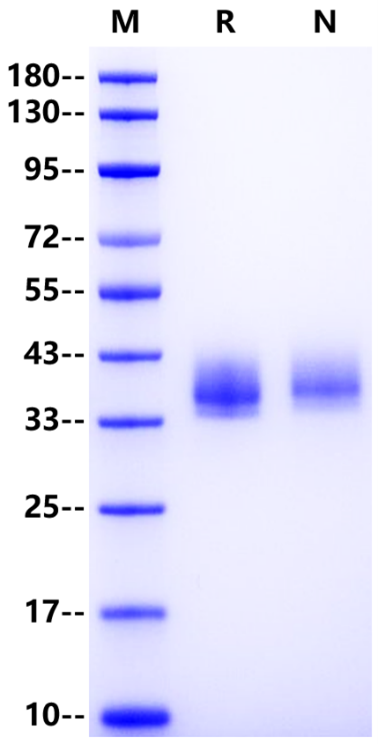1、Morrissey J H. (2004) Tissue factor: a key molecule in hemostatic and nonhemostatic systems. Int J Hematol. 79(2): 103-108.
2、Milsom C. et al. (2008) Tissue factor and cancer. Pathophysiol Haemost Thromb. 36(3-4): 160-176.
3、Kasthuri R S. et al. (2009) Role of tissue factor in cancer. J Clin Oncol. 27(29): 4834-4838.
Tissue factor (TF) is an integral membrane protein that is essential to life. It is the high-affinity receptor and cofactor for factor (F)VII/VIIa and plays a primary role in both normal hemostasis and thrombosis. TF is a transmembrane glycoprotein with a 219-amino acid extracellular domain, a 23-residue transmembrane region, and a 21-residue intracellular domain. With a vascular injury, TF becomes exposed to blood and binds plasma factor VIIa, and the resulting complex initiates a series of enzymatic reactions leading to clot formation and vascular sealing. In cancer patients, tumors release TF-positive microvesicles into the circulation that may contribute to venous thrombosis. TF also has nonhemostatic roles. For instance, TF-dependent activation of the coagulation cascade generates coagulation proteases, such as FVIIa, FXa, and thrombin, which induce signaling in a variety of cells by cleavage of protease-activated receptors.
